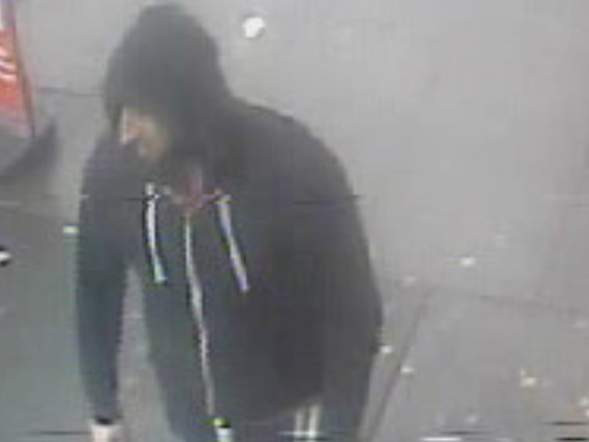Met Police 'super-recognisers' make 75% fewer mistakes identifying people than an average person

A crack team of 'super-recognisers' employed by the Metropolitan Police have been proven by scientists to make only a quarter of the mistakes of the average person when spotting potential criminals. The seven-strong squad makes up Scotland Yard's central forensic image team.
The team was whittled down from 134 officers who had remarkably high success rates at rearresting criminals. They began work two years ago and now their exemplary memory for remembering faces has been proven by researchers at the University of York.
The team can often be found in Room 901 at New Scotland Yard trawling through a database of 90,000 CCTV images of suspects from unsolved crimes. And their unique ability supposedly allows them to pick out the same suspect, often in different dress and from grainy CCTV images.
One high-performing officer, PC Gary Collins, has revealed the identities of more than 800 suspects and boasts that he can recognise one suspect from another by little more than a picture of a nose. The tests worked so well that psychologists at the University suggested that there should be a nationwide roll out across UK forces.
Researchers found that the super-recognisers make only a quarter as many mistakes when compared with undergraduates from the university. They were quizzed on pixelated pictures of famous celebrities and lookalikes, including Prince Harry and Taylor Swift.
And the researchers now plan to test other cognitive abilities that may be linked to identifying faces from one another. Dr David Robertson, who led the research, conceded that it was still not clear what was different about the super-recognisers' brains.
Dr Robertson also revealed that the ability to recognise faces at such an impressive degree of accuracy was something that that could not be taught – or nourished. He said in the online journal Plos One: "The evidence to date suggests that training for unfamiliar face recognition is typically not highly effective. Recruitment is therefore key to improving overall levels of performance."
© Copyright IBTimes 2025. All rights reserved.






















